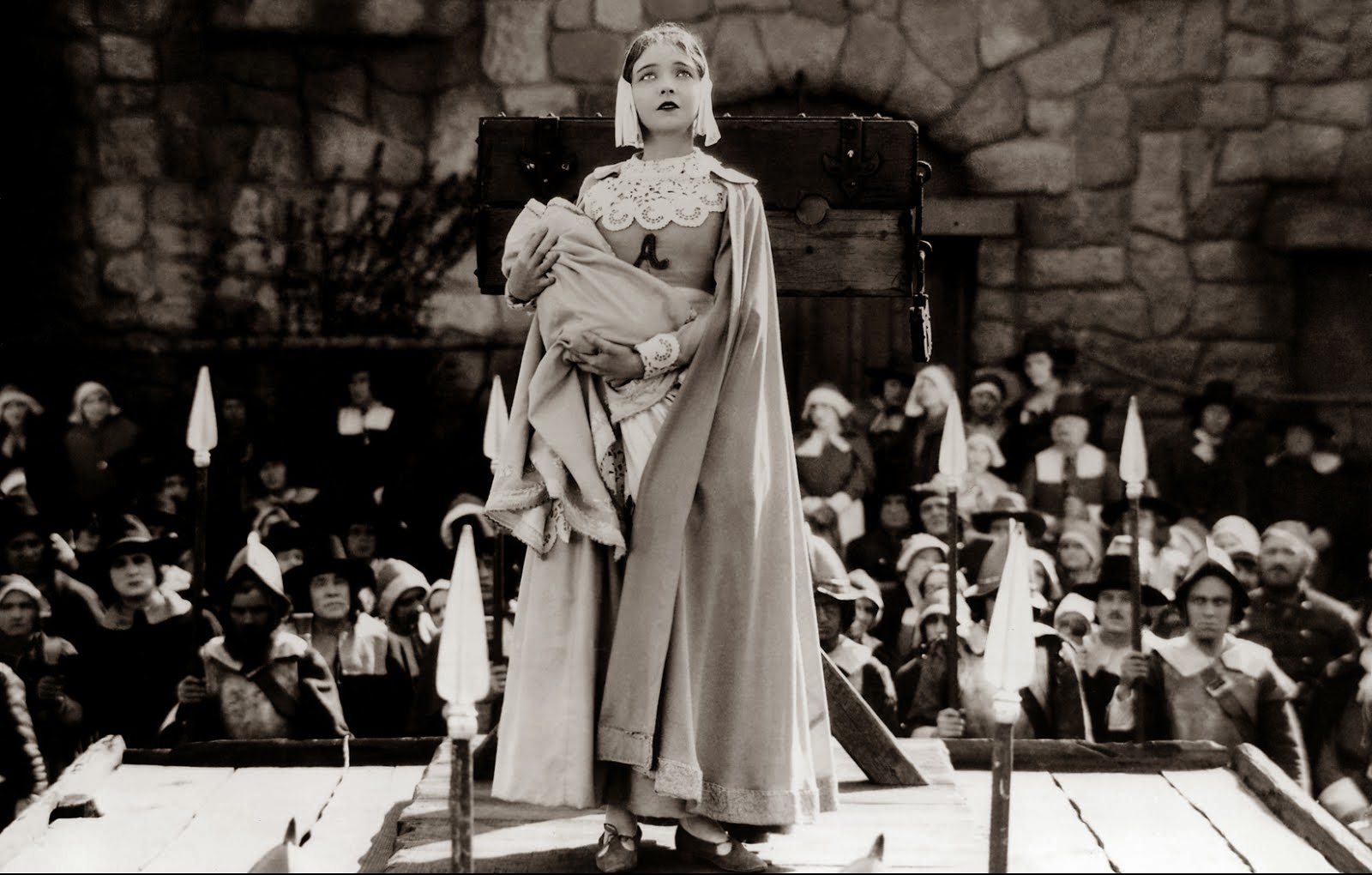As I was reading chapters 20, 21, and 22, I realized that the woods had changed Dimmesdale. Not only did the Reverend look different, but his actions were different too. Walking back from the woods, Dimmesdale is tempted to stop and blurt out "inappropriate" things to multiple people on his way. One interesting part of chapter 20 that really caught my eye was Dimmesdale's interaction with Mistress Hibbins. On his journey back from the woods, she says that she would be glad to escort him to the woods next time he wishes to go. Dimmesdale then says he will, and later regrets is because he believes that he has just made a bargain with the devil. Right after he realizes this he thinks to himself, "He had made a bargain very like it! Tempted by a dream of happiness, he had yielded himself, with deliberate choice, as he had never done before, to what he knew was a deadly sin" (Hawthorne 199). The deadly sin that Dimmesdale is referring to, is making an agreement with the devil. Out of all of the sins to commit, this one is the worst, especially for a minister. Another matter that I wish to bring up about these three chapters is my dislike for Roger Chillingworth. Although Hawthorne puts so many complex elements into his character, I can't help but dislike him. Throughout the novel, he is determined to make Dimmesdale and Hester suffer, and it consumes his life. Everywhere Dimmesdale and Hester go, Chillingworth is always lurking in the shadows. In chapter 21, Hester sees Chillingworth smirking in the corner during the celebration after learning that he will be accompanying Hester, Pearl, and Dimmesdale to Europe. His smug grin and plans to destroy the lives of others just does not sit well with me, which is why I do not like Chillingworth as a person, especially in these chapters. By going to Europe, Hester and Dimmesdale are going to be able to start from scratch, no one will know who they are or what sins they have committed. By leaving Boston, the two sinners are leaving behind their past, and Chillingworth is a part of their past. He is connected to Hester and Dimmesdale because he is the only one in the Puritan society that knows the truth about Pearl's father. Chillingworth going to Europe means that Hester and Dimmesdale can not escape from their pasts.
Question 1: What is Hester's plan for Dimmesdale, Pearl, and herself?
Hester's plan is to take a boat back to Europe, and live there with Dimmesdale and Pearl. Hester wants the three of them to leave the Puritan society to help keep their past a secret, and Europe appears to be a better fit for the Reverend, due to his ailing health. By leaving the strict Puritan society, Hester and Dimmesdale are escaping from their past. In Europe, no one will know who they are, let alone what the two of them have done together. Leaving for Europe allows the two of them to leave the past behind, and start with a new foundation. Hester and Dimmesdale will be able to live their lives without suffering from the judgement of others.
Question 10: What is Pearl doing during the sermon?
During the sermon, Pearl is off playing by herself in the market place. As Pearl is moving to and fro in a peculiar way, she is making the crowd happy. Hawthorne describes Pearl during this moment, saying, "She made the sombre crowd cheerful by her erratic and glistening ray" (Hawthorne 218). Once known as the imp in this Puritan society, Pearl seems to now have some kind of control over the Puritan people. The people fixate on her movements, and they can not help but watch her move around, distracting themselves from the sermon, and changing their moods.
Connection:





